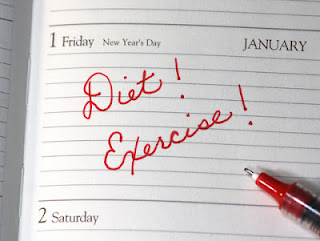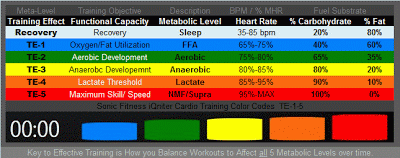• Exercise vs Diet
” Can a high level of physical activity offset a bad diet”? Dr. Joyner
You can answer that for yourself. Here is my view of it, after 10 years of working closely with people day in and day out at my wellness center in Colorado.
“Are you this person”?
The typical “Client” came in as a stranger, they asked a few questions about the program, looked around and ask “How Much“?
When asked about “WHY” are you here, “WHAT” do you want from a wellness program? 9 times out of 10 those ugly ole words “Weight Loss” came out of their mouth.
I call the words “Weight Loss” ugly as they disappointed me, they dumb things down! First of all it is not Weight Loss, it is Fat Metabolism, stimulation of your metabolism to utilize your storage of excess adipose tissue (adiposity). Why the lack of General Basic Heath Education in Educated Adults?
One of my best clients for over 6 years was a Dr. (phd) of Education and is now the assistant Superintendent of the public schools. She had no idea how her body worked!
Why not answer “Health“, “Vitality“! Why not go out on a limb and say ” I want to improve my resting heart rate“, ” I want to improve my strength to weight ratio“, “I want to improve my metabolism at 5-different levels” , ” I want to improve my Post Exercise Recovery Rate“?
Education & Involvement:
|
Learn as you Exercise |
Our program was a success, because we used the iQniter Group Heart Rate monitoring system, so from day one, at every exercise session each person in the group had their heart rate displayed on 3-large flat screen monitors and were being recorded.
Dynamic:
It changed the dynamic of the session, no longer just mindless exercise, it brought focus and a sense of purpose to each session, evidence! The information informed, it brought questions and the questions promoted learning. Learning about adapt and recover exercise, recovery rate, metabolism RPT and threshold training.
My Students learned about their human energy systems, aerobic- aerobic/anaerobic- anaerobic and how the source of fuel available internally, fuel substrates- Fat and Carbohydrate reacted to the various 5-Metabolic levels or Thresholds, we call Training Effects. Here is a great link to a interactive/animated learning tool: Metabolism Model take the 6-question test and see how you do? Better yet, have your kids do it!
Execution:
We executed Performance/Evidence Based Exercise routines and with every routine we educated and informed the group as to “WHY” we were doing this routine and we related it to diet, with the question:
“Does your Diet Support or Sabotage your workout”?
In close:
I must recommend that you read Dr. Joyner’s excellent blog below and ask yourself why does our society lack basic knowledge of our very own body, how it works, what drives the heart and metabolism, what exercises stimulate and improve the heart and metabolism and what foods best support these functions?
If we have a public school doctrine of “No child left behind” for reading, writing and arithmetic, why do we leave them behind in terms of Personal Wellness?
Another Great Article by Dr. Joyner below:
Mike looks as the statistics of Diet vs Exercise. He poses the question:
Posted by Michael Joyner, M.D. on September 13th, 2012
Over the last couple of weeks the focus has been on the combined problems of inactivity and obesity that are the dark side of technology and “progress”. Today’s post is a short one and the question is can a high level of physical activity offset what might be described as a bad diet?
The figure below is from the Aerobics Center Longitudinal Study and shows how fitness and “unhealthy eating” interact in nearly 14,000 adults who were followed for up to 16 years. People in the moderate and low fitness groups who also scored either moderately high or high on the unhealthy eating index have increased all-cause mortality. For example, in the moderate fitness group, people who scored high for unhealthy eating had a 1.6 times greater all-cause mortality compared to people in the high fitness group who also ate well.
The authors noted that:
“One primary dietary pattern emerged and was labeled the Unhealthy Eating Index. This pattern was characterized by elevated consumption of processed and red meat, white potato products, non-whole grains, added fat and reduced consumption of non-citrus fruits. The hazard ratio for all-cause mortality in the fifth vs the first quintile of the Unhealthy Eating Index was 1.40 (1.02–1.91). This risk estimate was reduced by 13.5 and 55.0% after controlling for self-reported physical activity and fitness, respectively.”
They went on to conclude that:
“A dietary pattern high in processed meat, red meat, added fats, non-whole grains and white potato products and low in fresh fruit was a risk factor for all-cause mortality. However, the diet-disease relationship was largely confounded by fitness.”
Comment: I am not advocating that anyone eat what might be called an unhealthy diet, but I think this study is important because it shows that exercise and fitness can limit the negative impact of a sub-optimal diet on mortality. There may also be times in life (for example while traveling) when it is not possible to eat well and make healthy food choices, but perhaps it is possible to remain active and make sure you get a work out in.








